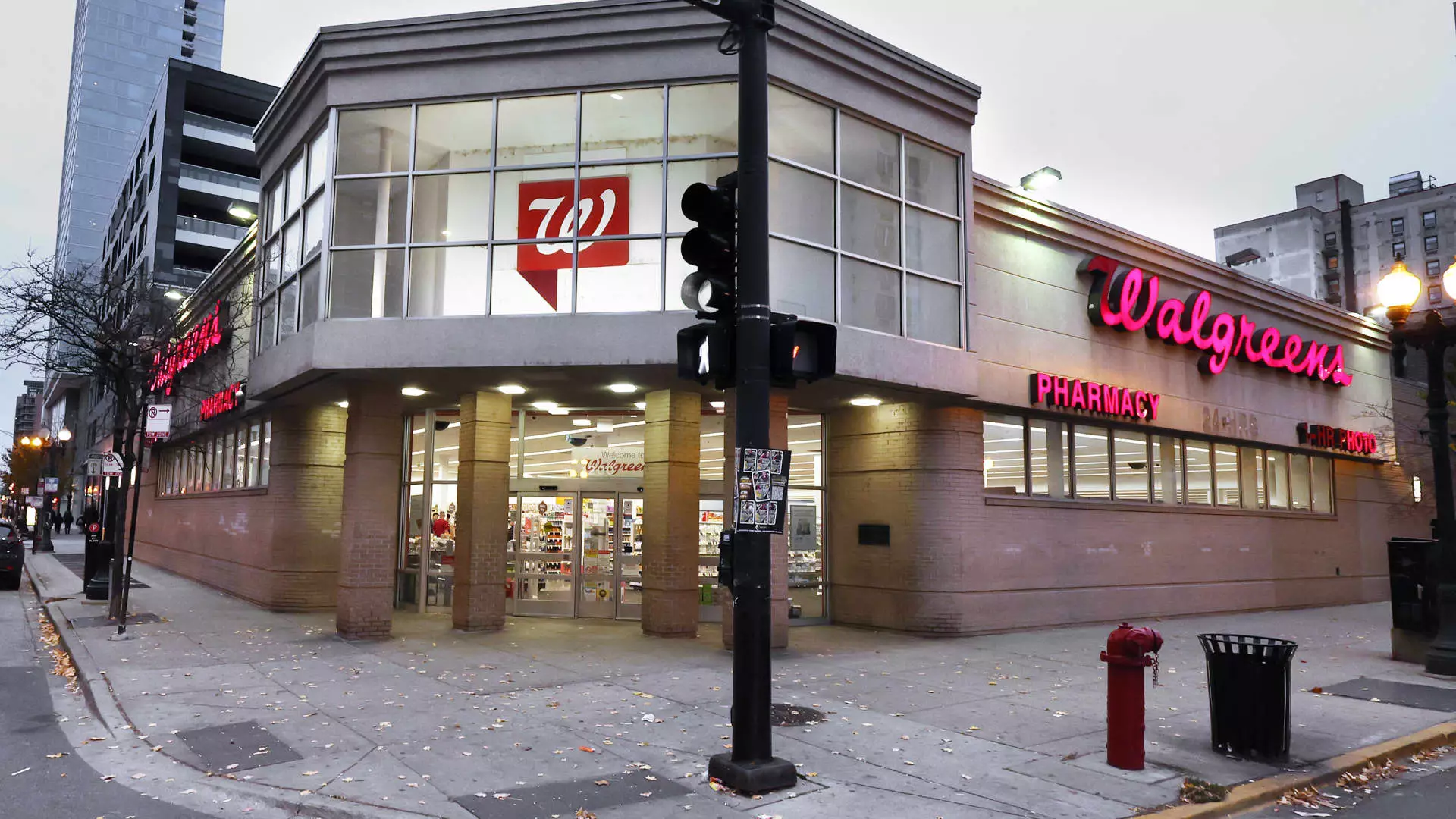Walgreens, the longstanding retail drugstore chain, finds itself at a crucial juncture, reporting fiscal second-quarter results that, on the surface, beat analysts’ expectations. With a reported revenue of $38.59 billion, an increase of 4.1% year-over-year, the narrative could easily be painted as one of revival. However, when we peel back the layers, it becomes evident that this success story is swirling in a maelstrom of challenges that could undermine its fragile stability. The complexity of Walgreens’ current situation should alarm investors and employees alike.
Walgreens is in the process of being taken private by Sycamore Partners in an eye-watering $10 billion deal, marking the end of its almost century-long run as a publicly traded entity. This transition raises questions not just about the company’s future direction, but about the rationalization behind such an aggressive move. Could it be that the pressures from competitors like CVS, retail giants such as Walmart and Target, and disruptive threats from online behemoths like Amazon have made it impossible for Walgreens to thrive in this public market?
The Transformation or the Institutional Collapse?
Amidst the financial maneuvering, Walgreens is making moves that are disconcerting, yet sadly necessary. The announcement of significant store closures and cost slashing serves as an unsettling reminder of the deeply rooted struggles in their business model. The retail landscape is increasingly unforgiving, especially for companies still stubbornly clinging to traditional retail formats. The ongoing reduction of physical locations and jobs within Walgreens could indicate a more severe institutional collapse rather than a strategic transformation.
Additionally, under CEO Tim Wentworth’s leadership, Walgreens appears to be on a long and winding road to recovery. His statements express both confidence and caution, highlighting “disciplined cost management” and marginal gains in U.S. healthcare, yet fail to convincingly address the glaring losses that plagued the latest quarter. With a staggering net loss of $2.85 billion—an improvement from the disastrous $5.91 billion from last year—one must consider if the change in strategy is merely a band-aid solution or a legitimate turnaround effort.
Challenged by Legal and Financial Chaos
It is essential to recognize the immense toll legal issues have taken on Walgreens. The company reported almost $1 billion in legal costs connected to opioid-related settlements, a situation exacerbated by a battle with Everly Health, a virtual care company. In this context, the negative free cash flow reported by Walgreens serves as a grim reminder that even positive headlines can mask severely negative undercurrents. This finding begs scrutiny; how does a company so deeply challenged by litigation and financial strain hope to sustainably reshape its future?
It would be naive to ignore how these legal burdens weigh down any potential restructuring efforts. Even with a recent investment of $1 billion reaped from cashing in on some shares of Cencora and enjoying gains from BrightSpring, Walgreens’ financial recovery still feels precarious. Is it possible that the allure of a private status could lead to a neglectful attitude toward addressing these systemic legal issues?
A Reassessing of Priorities: The Healthcare Shift
Walgreens’ push into healthcare has been highlighted as a potential saving grace. Yet one must critically examine whether this shift is genuinely strategic or simply a reaction to an evolving market landscape. The healthcare sector has indeed become an intricate battleground; however, Walgreens’ foray into this world feels more like grasping at straws than a well-thought-out plan. Reports indicate that its investment in VillageMD may not yield intended effects when weighed against the burdens of their core retail pharmacy.
So, is Walgreens navigating toward a more resilient future or merely delaying the inevitable by temporarily rebranding its focus? It’s this question that looms large over stakeholders who are left to wonder whether shifting markets and legislative changes can rescue an organization that still seems shackled to outdated paradigms of retail.
In the grander scheme, the impending shift to private ownership may afford Walgreens some much-demanded leeway to innovate and recalibrate. However, it can also denote a departure from accountability to shareholders who, after all, have witnessed this chaotic decline. The success or failure of this bold gamble will serve as a compelling case study for corporate governance in a rapidly transforming retail landscape.

